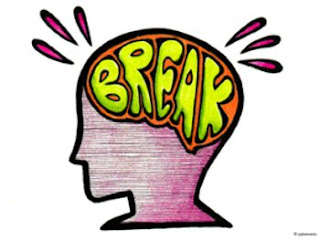Post #7 Transition objects & finished
Autism and learning difficulties and young children. For many children and young people, following a 'first - then' sequence of activities may not be the best way to provide information about their activities. In particular, children in the early years and children and young people who have autism and learning difficulties may not find this 2 step sequence meaningful. In this case you may be more successful by providing information one step at a time. Transition objects are objects of giving meaningful information to your child. For example, a toilet roll indicates " toilet", a cup means "snack". Transition objects should be chosen depending on your child's understanding and based upon what is meaningful to them. If this is new to you, or is a strategy you have not used at home before, start by selecting objects for key routines of the day (e.g., toilet, snack, lunch, play, garden and so on). Start by selecting 2 of the objects which you think you...

